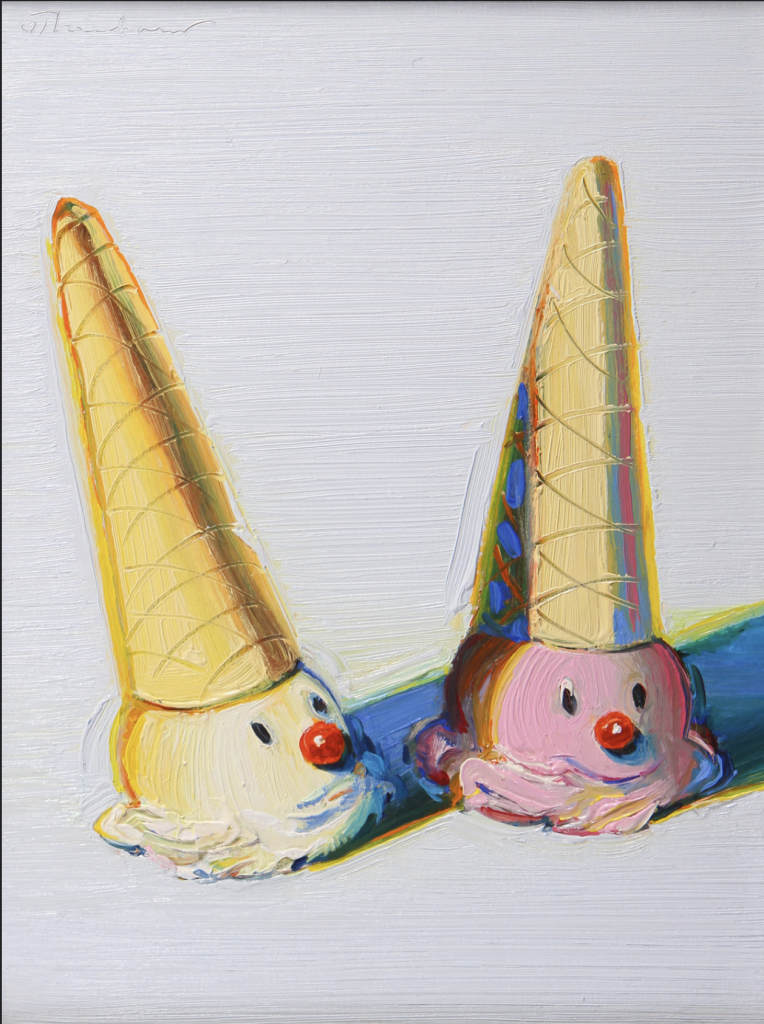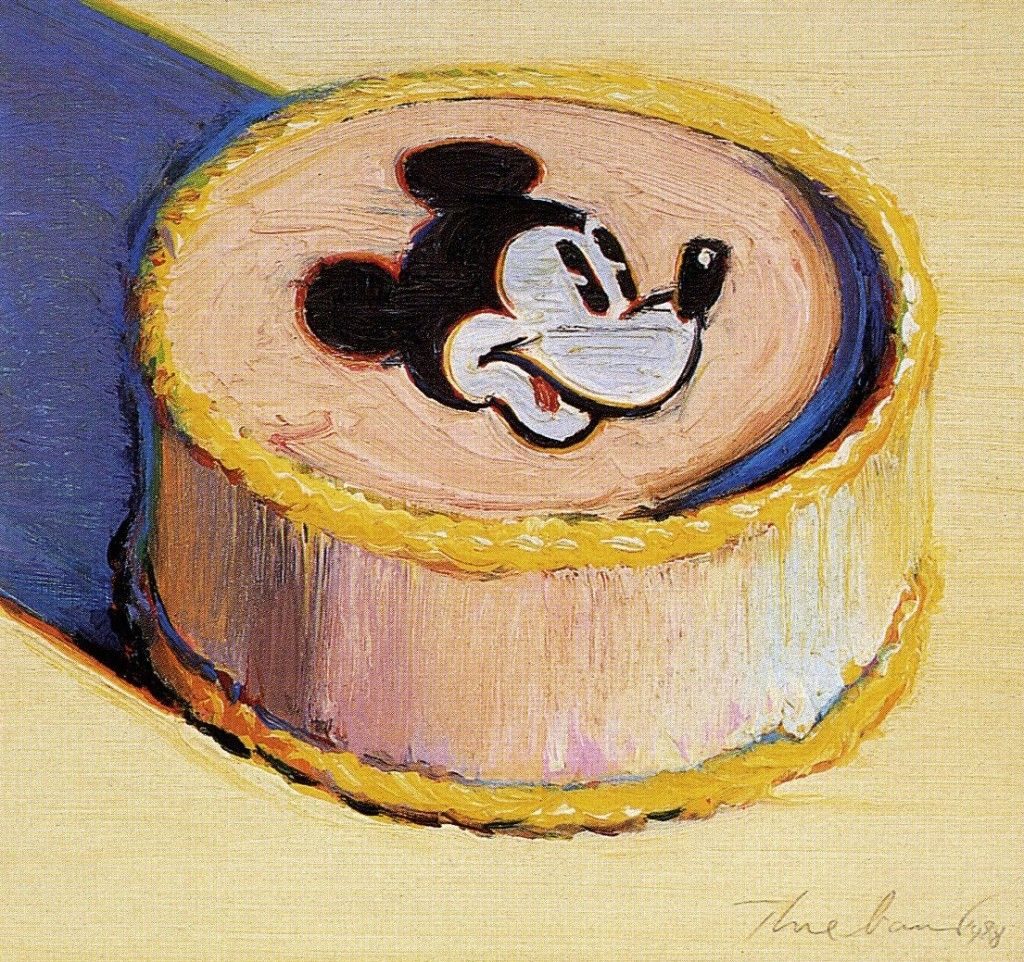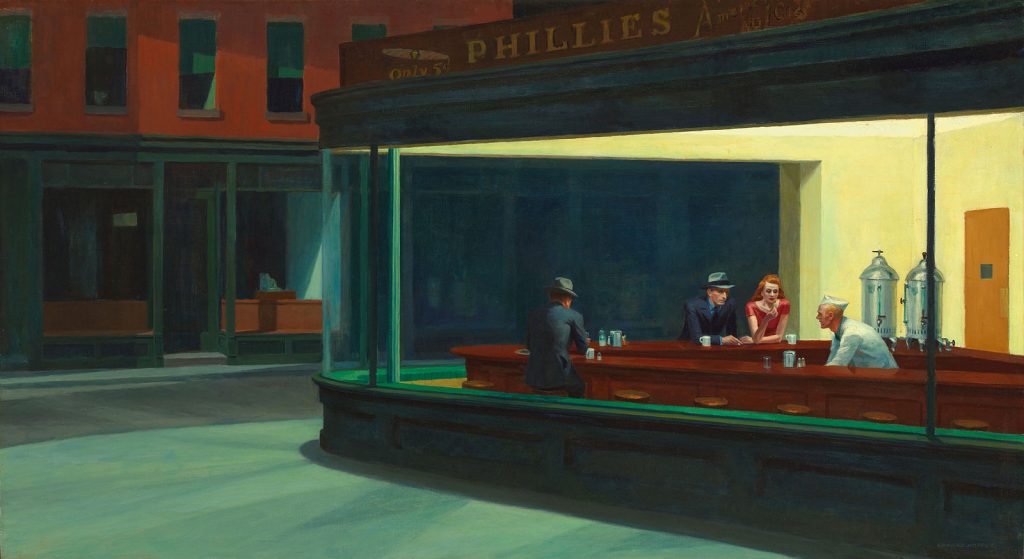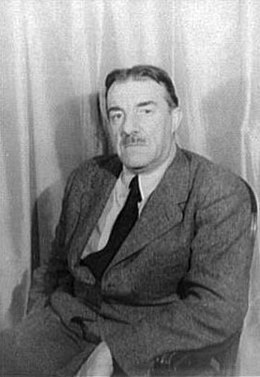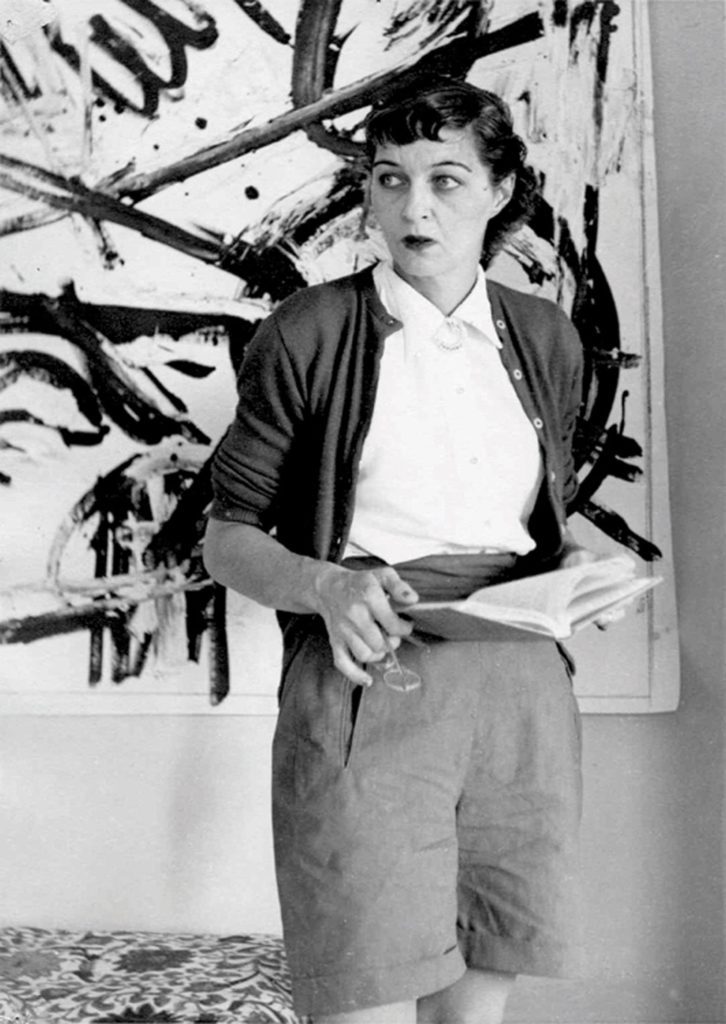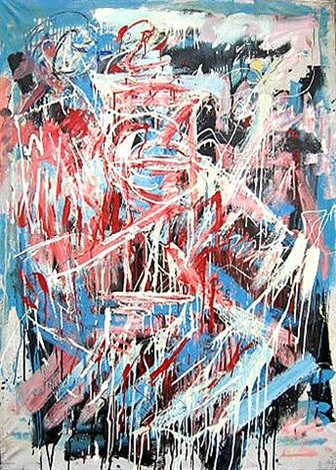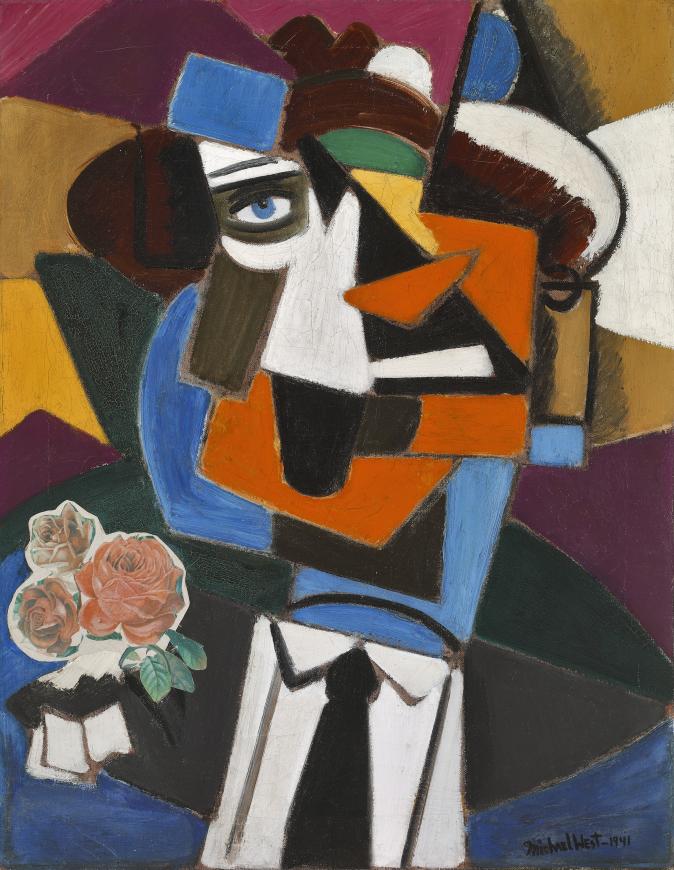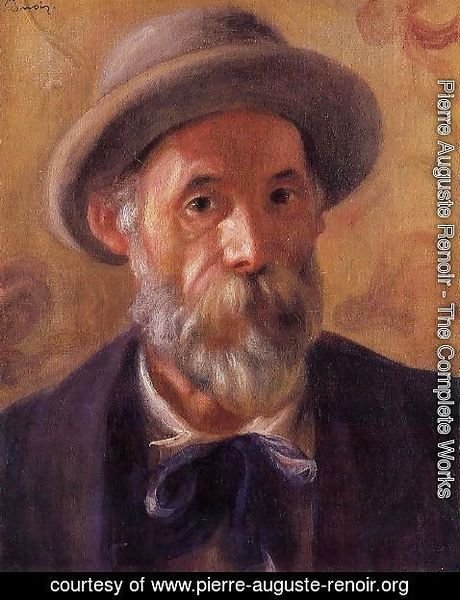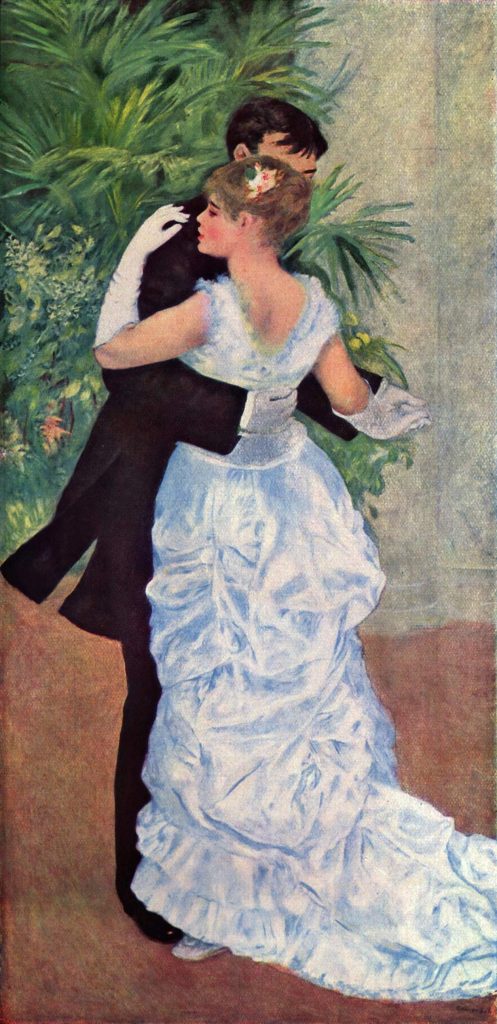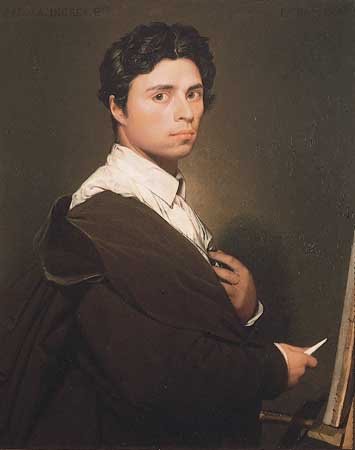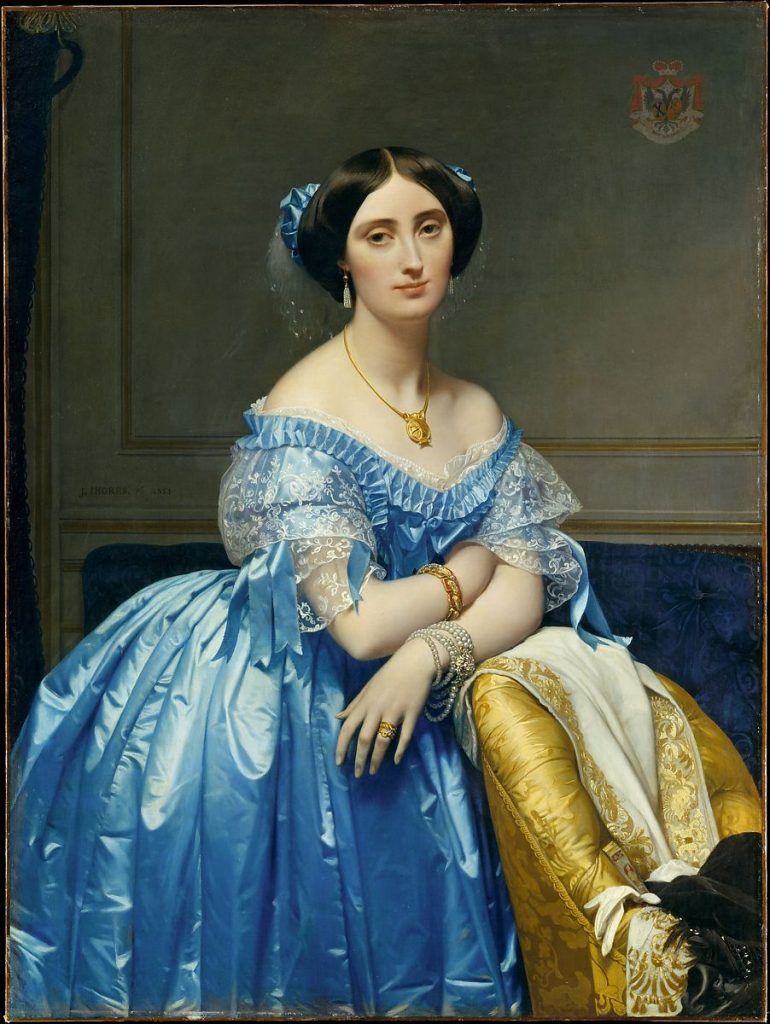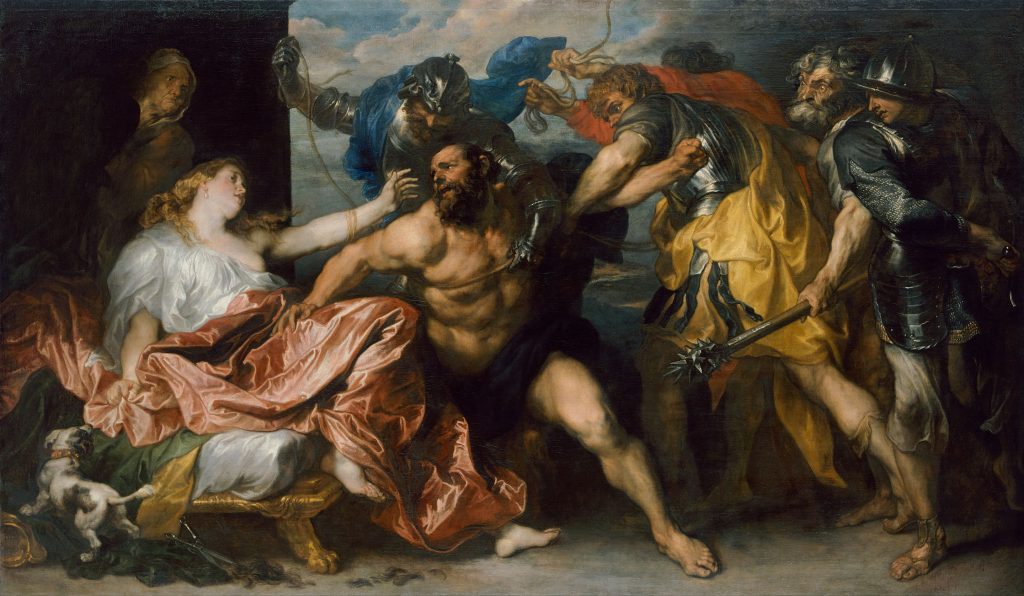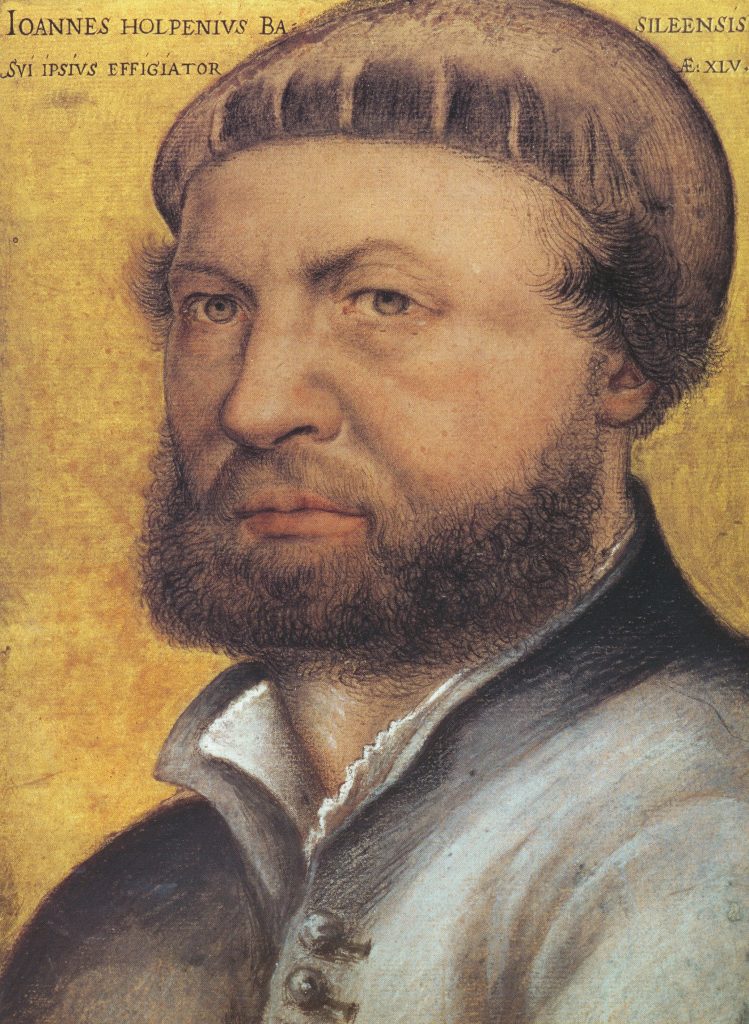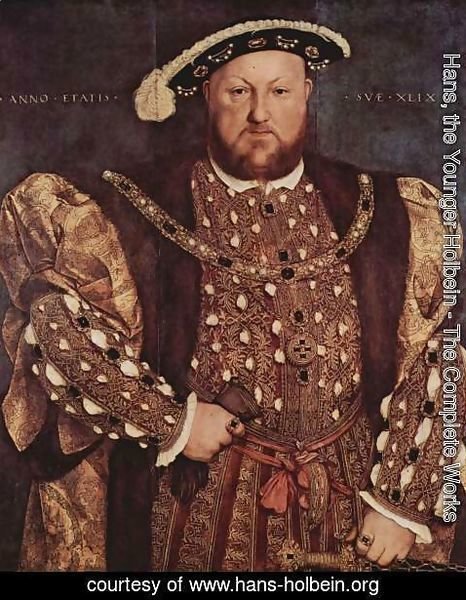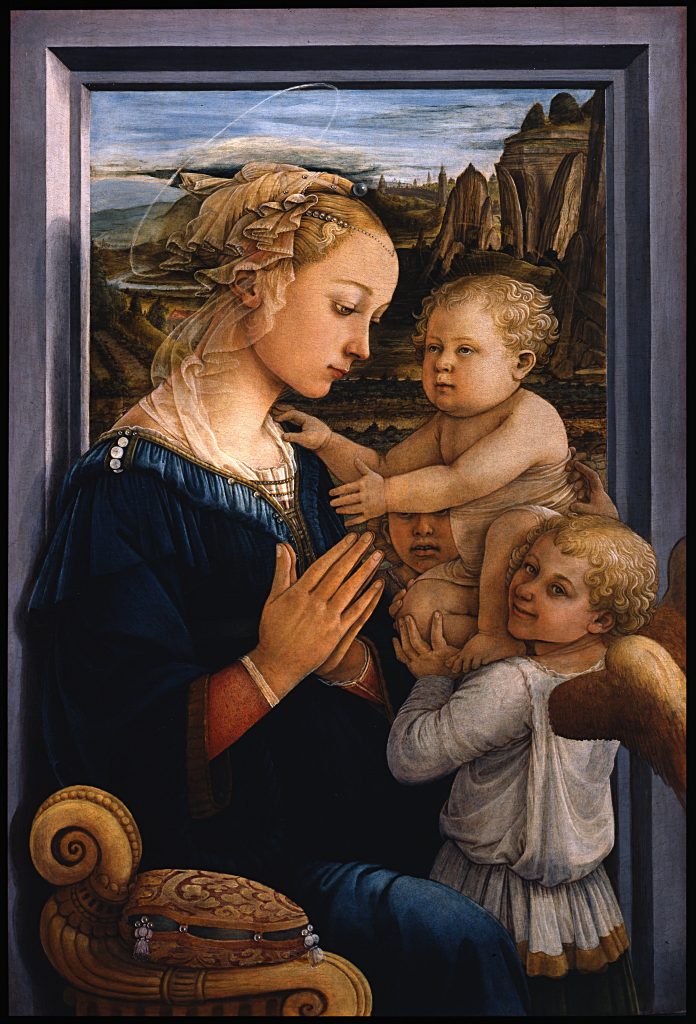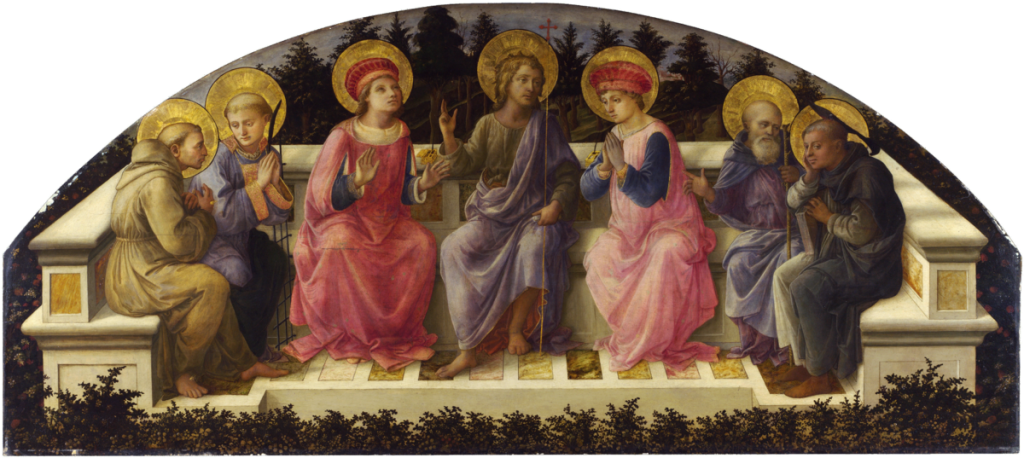Women in Art

Frida Kahlo was a Mexican painter and artist who is most well known for her vibrant self portraits. At Age 5 Kahlo was diagnosed with polio and struggled with the after effects consistently throughout her career as a painter. During her time of sickness she was encouraged by her father to play sports and stay active to help her heal which was highly unusual for a young girl of the time.
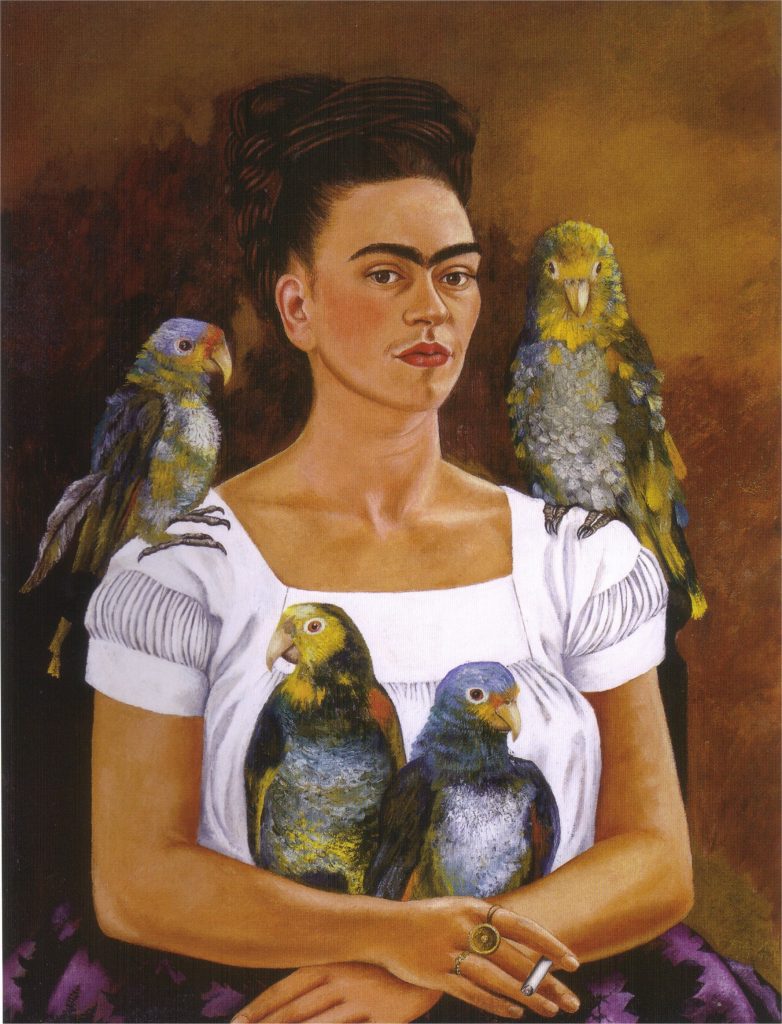
During high school Kahlo joined a political club of students that shred her same views. On a trip with her club there was a bus accident that left her impaired for the rest of her life. After the accident she was left on bed rest and to pass the time she started painting. Later in her painter career he started more surrealist, realistic and traditional Mexican elements to her work.
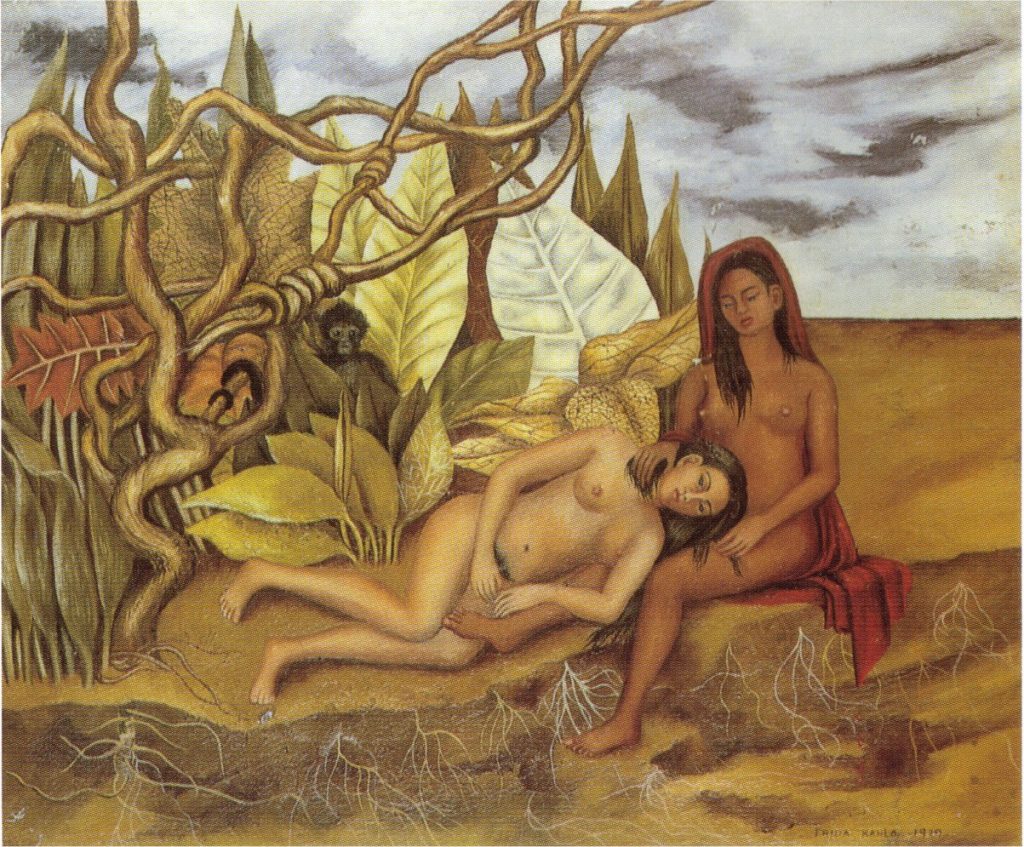
Many of her paintings are self reflections, self discoveries, and exploring who she is as an artist. After her bus accident she was unable to bear children which emotionally left a toll on her and is sometimes reflected in her imagery. She is often described as a surrealist but Kahlo always denied that statement. In her lifetime she created over 200 paintings, which were mainly self portraits, family members and still lifes.

